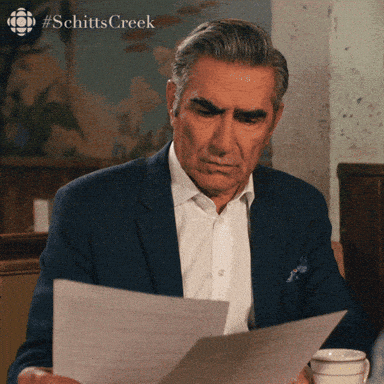- Write Like You Mean It
- Posts
- How I adapt the 'show don’t tell' technique for marketing copy
How I adapt the 'show don’t tell' technique for marketing copy
And why it works.

Hello writer friend,
A huge hello to everyone who joined us after the CharityComms Strategic Marketing Conference. 👋 It’s fab to have you here.
Yes, more storytelling stuff this week. It’s no secret I like stories, and there’s a ton of crossover between creative storytelling and marketing storytelling.
If my creative writing course taught me anything, it was ‘show don’t tell’ in almost all situations.
But while showing rather than telling is a powerful technique in fiction, there’s a crucial tweak I make when writing marketing copy, such as landing pages.
A storytelling approach is all about the showing – describing situations, environments and people in a way that draws on the senses and packs an emotional punch.
Whereas a more traditional marketing and sales approach is to tell, as this is the clearest and most direct way to illustrate key points and benefits.
My approach to any marketing copy that needs to engage and persuade, such, as a landing page, is this.👇️
Rather than ‘show don’t tell,’ I ‘tell then show.’
As you might have guessed, this involves first telling the audience what you want them to know, and then using a story and/or other vivid details to reinforce your main point.
This adaptation of ‘show don’t tell’ means I create an emotional connection with my reader and maximise the chances of them taking action. Win-win.
Let’s dive into why this approach works and have a look at an example in action.
1. Telling first creates clarity
Tell before you show and you create clarity. And clarity in marketing copy is crucial. Whether you’re writing a landing page or a social post, being crystal clear with your messaging is The Most Important Thing.
With marketing messages that need to persuade people to take action, if you show before you tell, you risk readers becoming confused about your key message. It leaves way too much to chance.

Leading with clear, direct statements about benefits, promises or results leaves the reader in no doubt about who you are and what your message is.
The British Heart Foundation’s ‘Gift in Wills’ landing page is a good example of telling then showing.
The below screen shot is from the top of the page, above the fold.👇️

See how they state with clarity what they’re offering and what they’re asking visitors to do?
2. Showing second creates an emotional connection
After establishing clarity, ‘showing’ through storytelling or vivid examples helps to create an emotional connection with your reader. (More on this here.)
One tip on this: Avoid being too descriptive. Sensory language and vivid details are important, but too much can make your copy bland or even overwhelming. Like everything else, it’s about finding the balance.

Here’s a screenshot of a section from that British Heart Foundation ‘Gift in Wills’ page, but further down (after they’ve bulleted exactly what’s included in the guide).👇️

See how they’ve used a personal, relatable story with vivid details? This type of showing is a powerful way to humanise all that telling that came before it.
3. The combination reinforces the message
The ‘tell then show’ method (which I might try to trademark) also serves to reinforce your message.
By telling the reader what you stand for and how they can join you before showing them why you do what you do, you’re embedding your message more deeply into their consciousness.
This reinforcement makes the message more likely to have an impact.
So what have we learned today, class?
For copy that needs to persuade, the directness of telling and the emotional connection of showing creates the best conditions to inspire action and drive that all-important change.

Reply